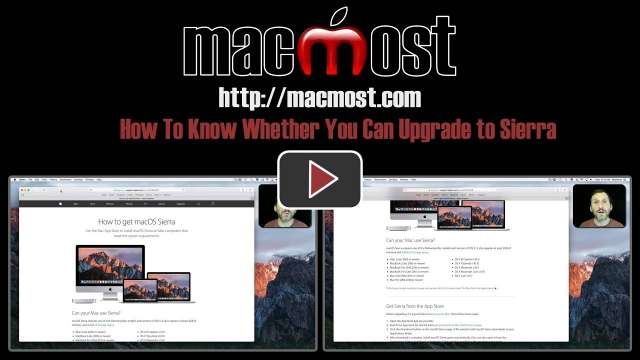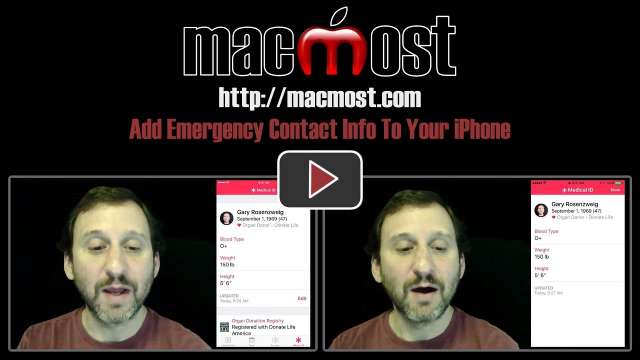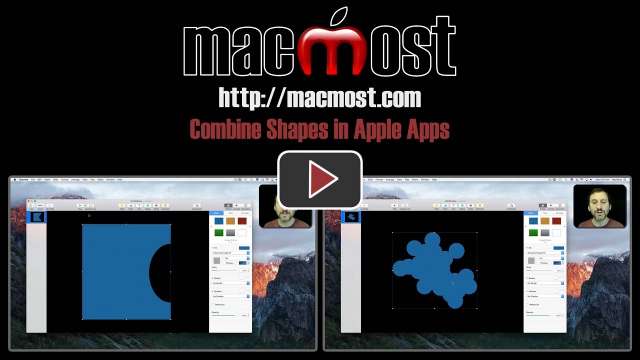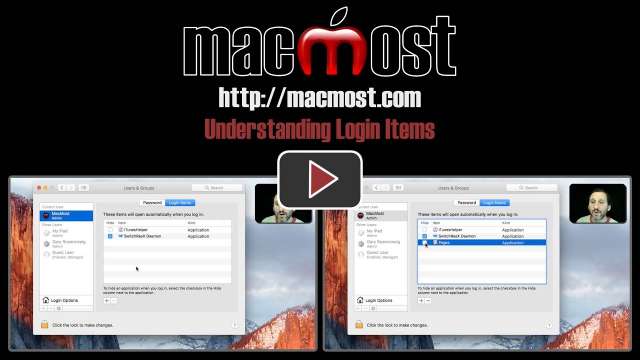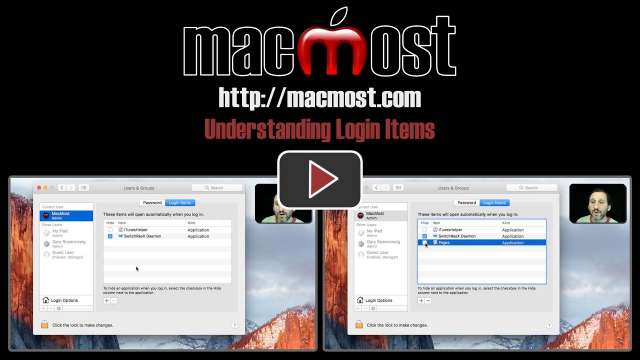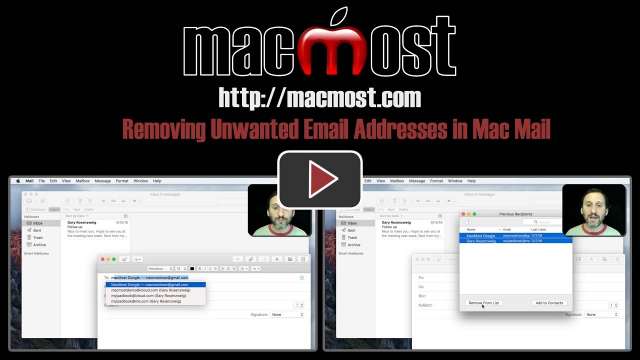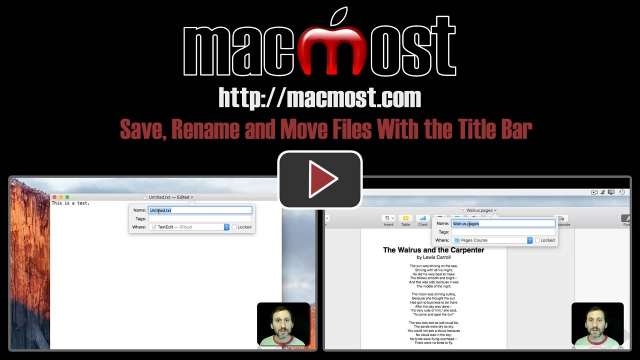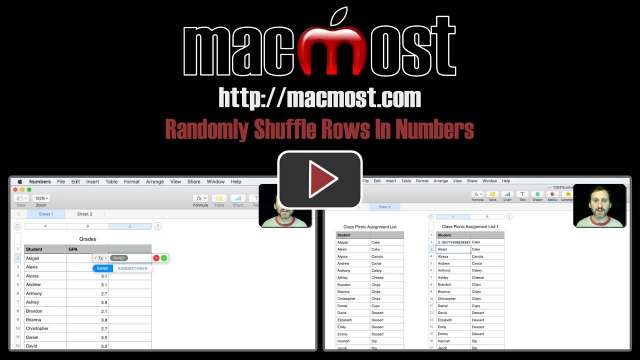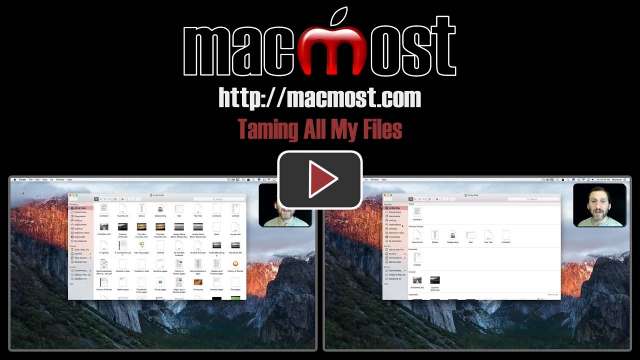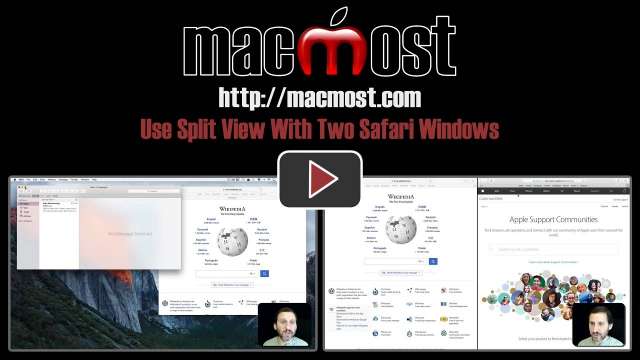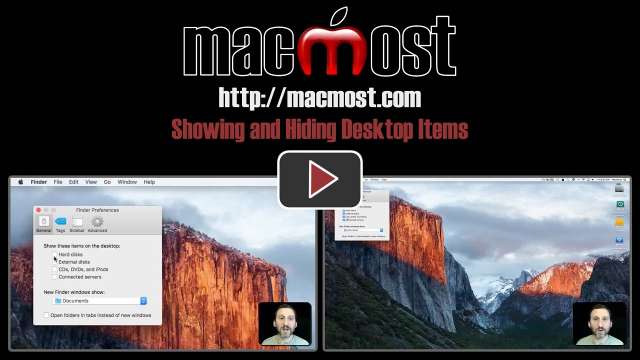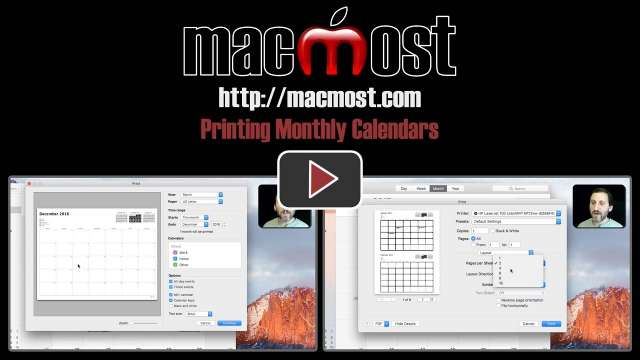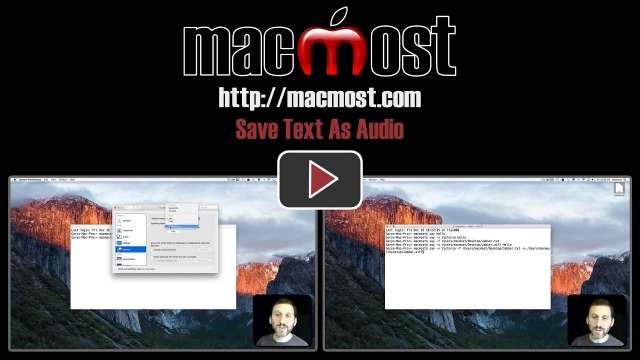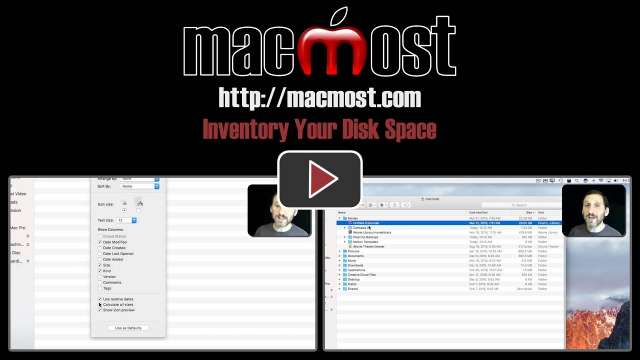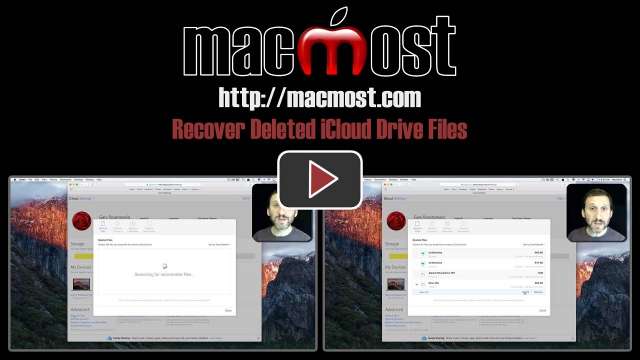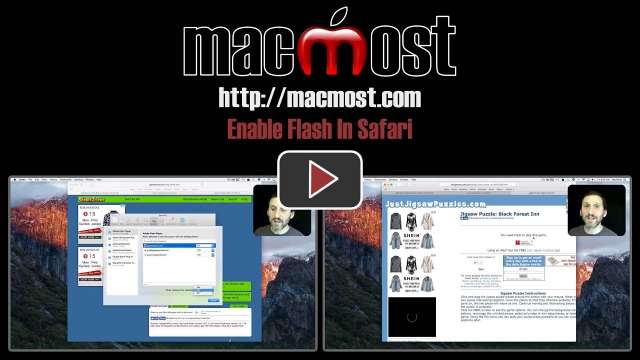1/16/17
The People function in Photos for Sierra will recognize faces in your pictures and with some curation will allow you to label all of the people in your photos. There are many ways to assign faces to names.
1/13/17
If you would like to know whether your Mac can upgrade to the latest version of macOS, there is an easy way to check using Apple's special page on the subject. You can also jump right from that page to the Mac App Store page on Sierra.
1/12/17
Starting today, MacMost.com will become a community-supported website using Patreon. The regular tutorials and newsletter will still be free, but there will be additional extras for contributors. Find out what Gary has in store, including a club for top supporters and more rewards. https://patreon.com/macmost
1/11/17
In a medical emergency it is important for medical professionals to know as much about you as they can. The Medical ID function of the Health app in iOS 10 can be used to store important information that can then be accessed on the lock screen of your iPhone, such as allergies, blood type, medications and emergency contact information.
1/10/17
You can create new shapes by using a set of four commands in Pages, Numbers and Keynote. These commands will combine one or more shapes to make a new shape. This is often easier than drawing your own shape from scratch.
1/9/17
If you have a file you need to access quickly and easy every day, you may be tempted to put it on the Desktop. But you can use a variety of methods to leave the file in its proper place in your Documents folder, and still access it easily. You can place an alias on the desktop, put a shortcut to it in the Dock, or add it to one of two places in every Finder window.
1/6/17
Login Items allows you to set applications to start automatically when you first log in to your Mac. They are used by many apps to run supporting apps in the background. You may have some items there added by apps and not realize it. You can also add your own apps. It is important to understand what the checkboxes next to the apps in the list do. If you want to stop an app from automatically launching, unchecking it won't do that. You need to remove the app from the list.
1/5/17
When you type and email address in Mail, you will get some suggestions that include your Contacts and also a list of previous recipients. Some of these addresses may be old or ones you don't wish to see anymore. You can delete them using the Previous Recipients list in Mail.
1/4/17
Split View on the iPad lets you show two apps side-by-side. But there is a special Split View mode that lets you show two Safari windows side-by-side. You can even have multiple tabs and move them between the two sides.
1/3/17
You can save, rename and move files using the title bar while the file is open and you are working on it. There is no need to use the File menu for the most common file functions. You don't need to close a file to rename or move it.
1/2/17
You can sort rows in Numbers using a trick with the rand function. You can also sort or shuffle a single column by copying that column to another table, performing the sort, and then copying it back to the original table.
12/30/16
You can use Automator with a bit of AppleScript to schedule a text message through iMessage or SMS. The message can be attached to a Calendar event. There are some catches and further customization will require some programming skill.
12/29/16
If you find the Ally My Files view in the Finder to be useless, you may want to consider getting rid of it, or perhaps taming it by using the Arrange By options in the Finder. You can set the Finder so new windows show the Documents folder or somewhere else by default. You can also use Arrange By Last Opened Date to make the All My Files list something that is actually useful.
12/28/16
While many Mac users know about using Split View for sharing the screen with two apps, you can also use it to split the screen between two windows of the same app. You can put two safari windows on either side of your screen and still have access to tabs and the toolbar of each.
12/27/16
You can decide whether you want your hard drive, external drives, CDs and networked drives on your Desktop. Some users prefer to not have these items on the Desktop since they are easy to access through the Finder. Others may find they miss these but don't know how to get them back.
12/26/16
The Calendar app makes it useful to print out blank monthly calendar pages for use at work or home. You can also include events or birthdays on the printed page. This can be useful for planning or just having a calendar in a room away from your Mac.
12/23/16
You can have your Mac speak text to you and also have it save that audio as a file that you can listen to later or even on your iPhone after syncing the file via iTunes. Learn how to take a text file and convert it to a spoken word audio file using the Terminal.
12/22/16
Figuring out what you have on your hard drive that takes up a lot of space is simple if you know how to view the contents of your drive. You can use the List view and View Options to easily see which major folders use a lot of space, and then continue to dig down to see what inside those folders is using the space.
12/21/16
If you delete files from an iCloud Drive folder you can usually recover them from the Trash on your Mac. But even after you have emptied the Trash, you can still recover files by using a function on the iCloud.com website.
12/20/16
By default Flash apps are not going to appear on webpages in Safari. However, it is easy to enable them by clicking on the prompt or using Safari's Preferences. In some cases, using Preferences may be the only way to get Flash working properly on a site.


